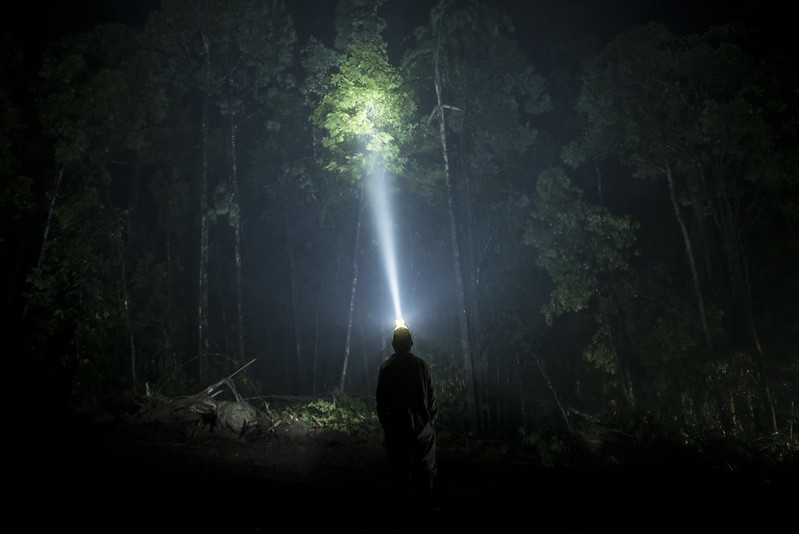Papua New Guinea’s lush forests boast some of the greatest plant and animal diversity on earth. From high-altitude montane forests to jungle and mangroves, from flying foxes and ‘forest dragons’ to thousands of species of orchids, they are living, life-saving treasures that are key to securing our future.
Slightly smaller than Spain, but with a population of just 8.6 million, over three quarters of the South Pacific nation remains forested, but is facing increasing pressure from conversion to croplands and logging. Globally, around one-third of all carbon dioxide released from burning fossil fuels is absorbed by forests, and efforts to protect and sustainably manage them offer crucial opportunities for countries like Papua New Guinea to meet their carbon emission reduction targets in the Paris Agreement.
While land use and land use change and forestry (LULUCF) account for the majority of Papua New Guinea’s total Green House Gas emissions, LULUCF also accounts for the highest removals among its economic sectors. In its new five year contribution to the Paris Agreement, known as its Nationally Determined Contribution (NDC), the government plans to cut deforestation and forest degradation by 25% by 2030, in line with its National Climate Compatible Development Management Policy (NCCDMP) which aims to halve greenhouse gas emissions by 2030, while also maintaining a vibrant economy.
The plan also includes efforts to boost tree-planting, to ensure 70% of the population can access early warning information on extreme weather events and to ensure that 10% can enjoy better water and food security. Another element of the plan is to rebuild or remodel $1.7 billion US worth of transport, building and utility infrastructure and assets in line with climate resilient codes and standards. The government will also establish a National Climate Change Coordination Committee to bring together key sector agencies and central government bodies to lead the country’s response to climate change.
“The time PNG invested in developing its National REDD+ Strategy (2017 – 2027) and the corresponding REDD+ Financial and Investment Plan proved critical as they identified REDD+ policies and measures in the LULUCF sub-sector that will not only contribute towards emission reductions, but will also provide significant economic, social and environmental co-benefits. REDD+ is very much front and centre in PNG’s plan to achieve its ambitious NDC targets,” said Celina Yong, UNDP Climate & Forests Regional Technical Advisor for Asia & the Pacific.
Papua New Guinea, an early partner country to the UN-REDD Programme, has always been at the forefront of climate action in the Pacific Region. As a signatory to the United Nations Framework Convention on Climate Change (UNFCCC), PNG ratified the Paris Agreement in New York during the 72nd United Nations General Assembly. PNG has benefitted from National Program and technical assistance from UN-REDD Programme partner agencies since 2010. Among others, it has also received support from FCPF, JICA, GIZ, Australia and USAID.
As one of the 10 most affected countries by climate change, Papua New Guinea has already seen an increase in extreme weather and temperature changes. Putting an urgent emphasis on protecting and sustainably managing forests is a simple, powerful way to unleash the power of nature to fight climate change.
Please Contact Elspeth Halverson (elspeth.halverson@undp.org) with any questions or comments.



